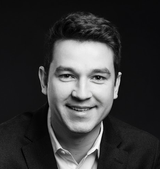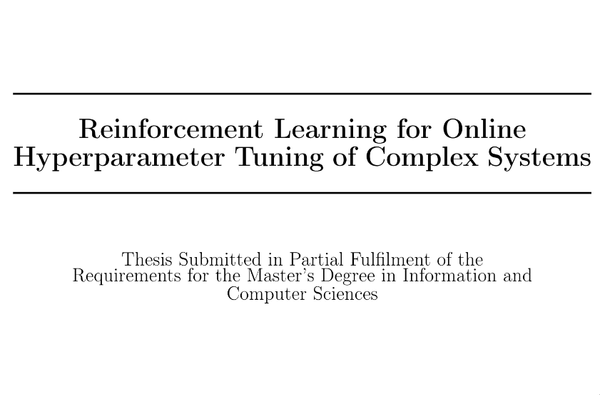State of Research in Luxembourg (April 2025)

Luxembourg is betting big on research. Out of 6,000 students enrolled at university, around 600 are doctoral researchers. The country has developed a large number of research centers around its university. SnT, one of its biggest, is located on the Kirchberg university campus and employs 500 people. All this ecosystem has been built to support the national research strategy in sectors like FinTech, Space, and Artificial Intelligence (AI) with big hopes for the future economic development of the country.
Twenty-three years after the inauguration of the University of Luxembourg, how much have we accomplished?

Study
As a doctoral researcher, I was curious to understand how adjacent teams were structured and what they were working on. I compiled some basic statistics about research teams focusing on SnT and FSTM – two major actors in science and technology, my field of research.
The dataset covers:
- Team size: Number of people working under a principal investigator (PI).
- Postdoc/PhD ratio: How many postdocs compared to PhD – a proxy for experience in a team.
- Publications: Number of publications – a common academic productivity metric – between January 2024 to April 2025.
- Research themes: Based on major categories and publications.
Below is a visualization plotting the number of publications per person of each team against the number of PhD students per postdoc. The size of the circles represents the size of the team with the biggest team being at 60 and the smallest at 1.

Findings
- The three major research focuses in science in Luxembourg are AI, cybersecurity, and robotics. This aligns with the broader strategy advertised by the SnT.
- The negative correlation in our data between productivity (number of publications) and team experience can be explained by 3 factors:
- FSTM groups, being part of the university faculty, have more teaching responsibilities and are expected, all things being equal, to have lower productivity than groups at SnT. They also happen to have more experienced teams which contributes to the negative correlation.
- The ease of publishing depends on the field.
- Individual team dynamics and leadership are the biggest factor contributing to productivity.
- Several teams have acquired a substantial size reaching up to 60 researchers.
Conclusion
This small study offers a glimpse into the structure and dynamics of research teams in Luxembourg today. It highlights both the ambition of the ecosystem – with large, specialized teams working in strategic fields like AI, cybersecurity, and robotics – and the diversity in team composition and outputs. While the structure continues to evolve, the data reminds us that factors like domain differences, academic versus industrial focus, and internal leadership dynamics play an important role in shaping research outcomes.
Further work could be done in exploring trends to see evolving priorities and funding in Luxembourg, as well as expanding the analysis to other research centers and domains.
Footnotes
Uni LU Faculties
- FSTM: Faculty of Science, Technology, and Medicine
- FDE: Faculty of Law, Economics, and Finance
- FHSE: Faculty of Humanities, Education, and Social Sciences
University Centers
- LCSB (Luxembourg Centre for Systems Biomedicine): Focuses on biomedical research, especially systems biology and neurodegenerative diseases.
- C2DH (Luxembourg Centre for Contemporary and Digital History): Specializes in digital humanities and contemporary history.
- SnT (Interdisciplinary Centre for Security, Reliability and Trust): Works on security, trust, and reliability in ICT, including AI, cybersecurity, and satellite communication.
National Institutes
- LIST (Luxembourg Institute of Science and Technology): A national research organization in materials, environment, and IT innovation.
- LIH (Luxembourg Institute of Health): Conducts translational biomedical research, with a focus on precision medicine and public health.
- LISER (Luxembourg Institute of Socio-Economic Research): Focuses on social and economic research, including urban development, labor markets, and living conditions.




